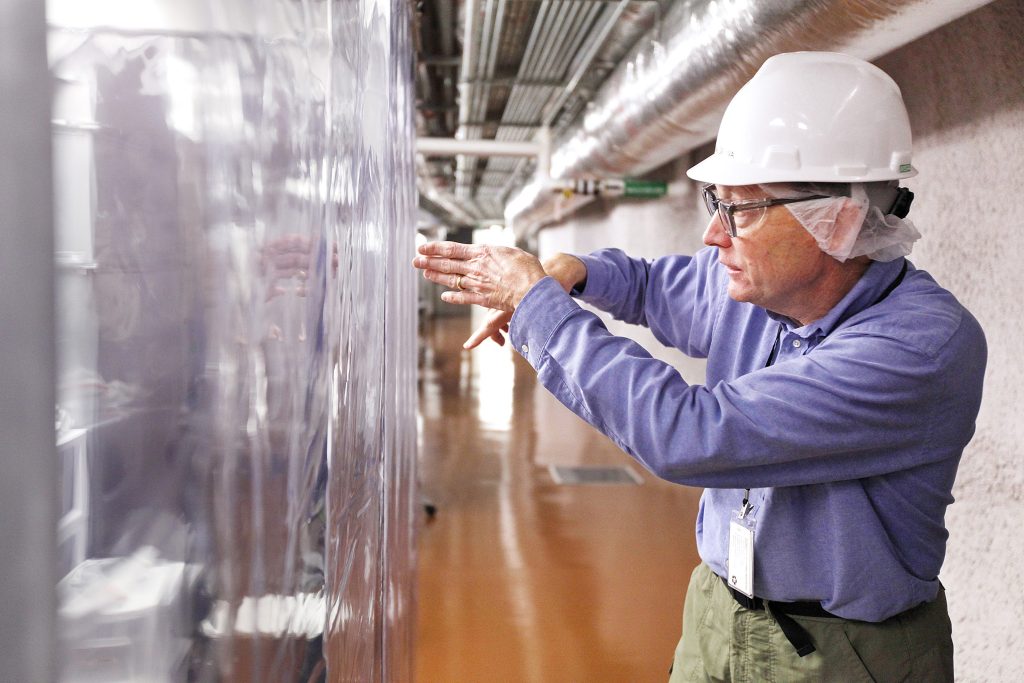
Physicist John Wilkerson is examining the role neutrinos play in the universe at a lab in a former gold mine in South Dakota. (photo by Benjamin Brayfield, Rapid City Journal.)
UNC physicist John Wilkerson hops into a caged elevator and plunges a mile beneath the earth’s surface. It’s a former gold mine in South Dakota. Dank, dark, dirty. But where he’s heading is very clean.
The cage stops, Wilkerson walks a short distance to the “boot wash,” and he puts on contaminant-free lab clothes. Through an air-purified chamber, he enters a place cleaner than a surgeon’s scalpel — the Sanford Underground Research Facility. He’s there to answer a fundamental question: what are neutrinos?
He can give us a partial answer: neutrinos are subatomic particles thousands of times lighter than electrons. But not much else is known, and what role they play in the universe is very much an open question.
Wilkerson wants to answer it. He’s building an experiment with help from UNC physicist Reyco Henning, UNC students, undergrads from other universities, and more than 100 scientists at 19 institutions from around the world. His multiyear, multimillion-dollar project provides jobs to a local workforce and training to future scientists, and he hopes the collaborations will allow him to answer big questions about the properties of neutrinos and their role in the origin of the universe.
“When we look out into the universe we see matter, but not antimatter,” Wilkerson says. That makes no sense to physicists because when matter is created — say, at the start of the universe — antimatter must also be created. That’s one of those immutable laws of energy conservation. Except that it seems to be mutable.
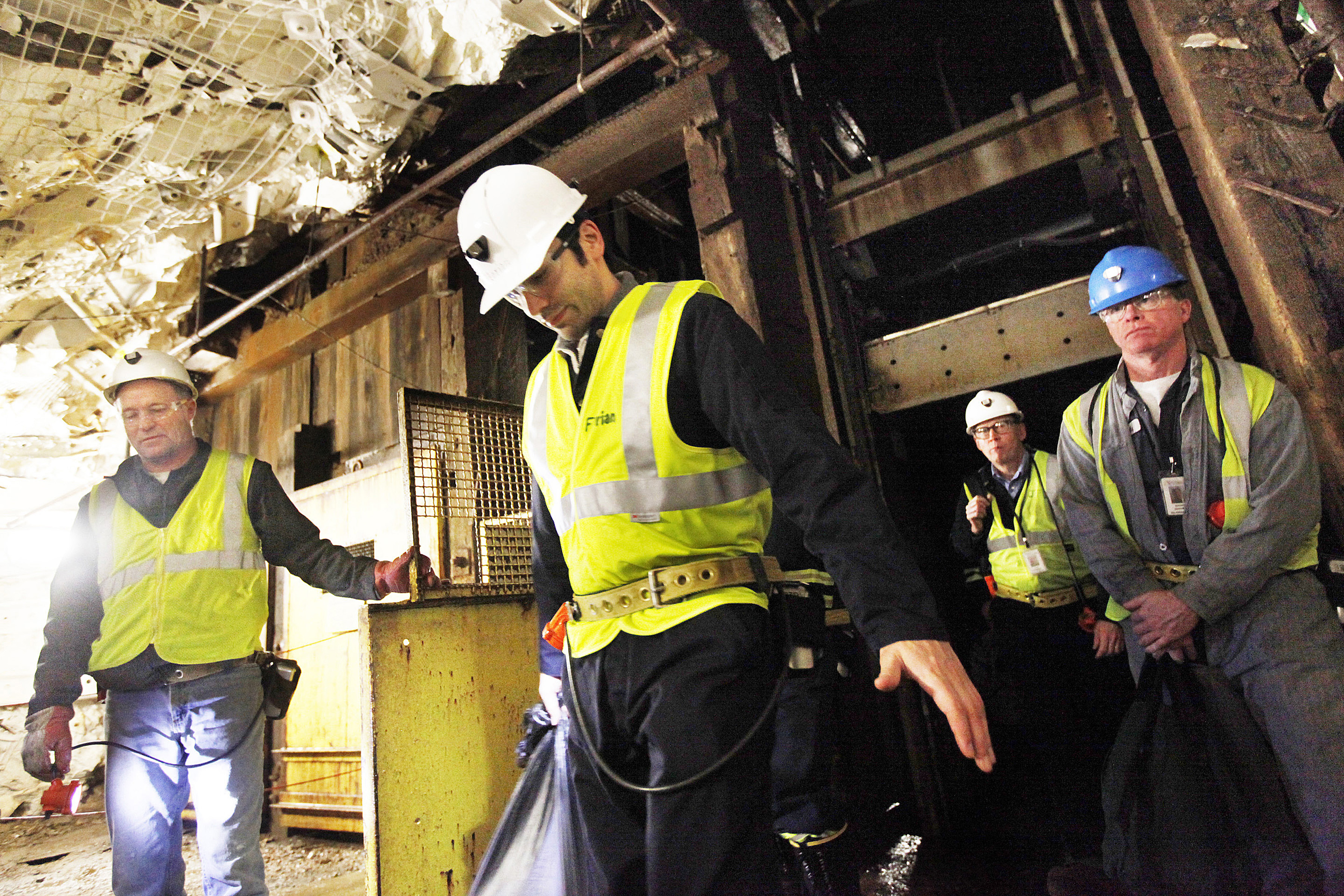
At some point after the creation of the universe, matter and antimatter should’ve collided and annihilated each other, creating light and radiation — and nothing else. A universe without matter.
“So the fact that we’re even here is interesting,” Wilkerson says. And so is the fact that astrophysicists can’t find antimatter when they peer deep into the universe.
“We know antimatter exists,” Wilkerson says. “ We can create it in a particle accelerator. When a particle is created, so is an antiparticle. We know what the signatures are for those antiparticles, but we don’t see them in the universe. Somehow, early on, a fundamental symmetry principle must’ve been broken.”
Enter neutrinos.
We know that neutrinos are produced by the billions per second during radioactive decay, fusion in the sun and fission in nuclear reactions. They’re so small that they pass right through us, right through the earth. We know that neutrinos have what are called partner particles. Perhaps antineutrinos. But because neutrinos lack an electrical charge and interact very weakly with other particles, it’s difficult to study them. So it’s unclear whether neutrinos and antineutrinos are different from each other. That is, they could be identical and therefore indistinguishable.
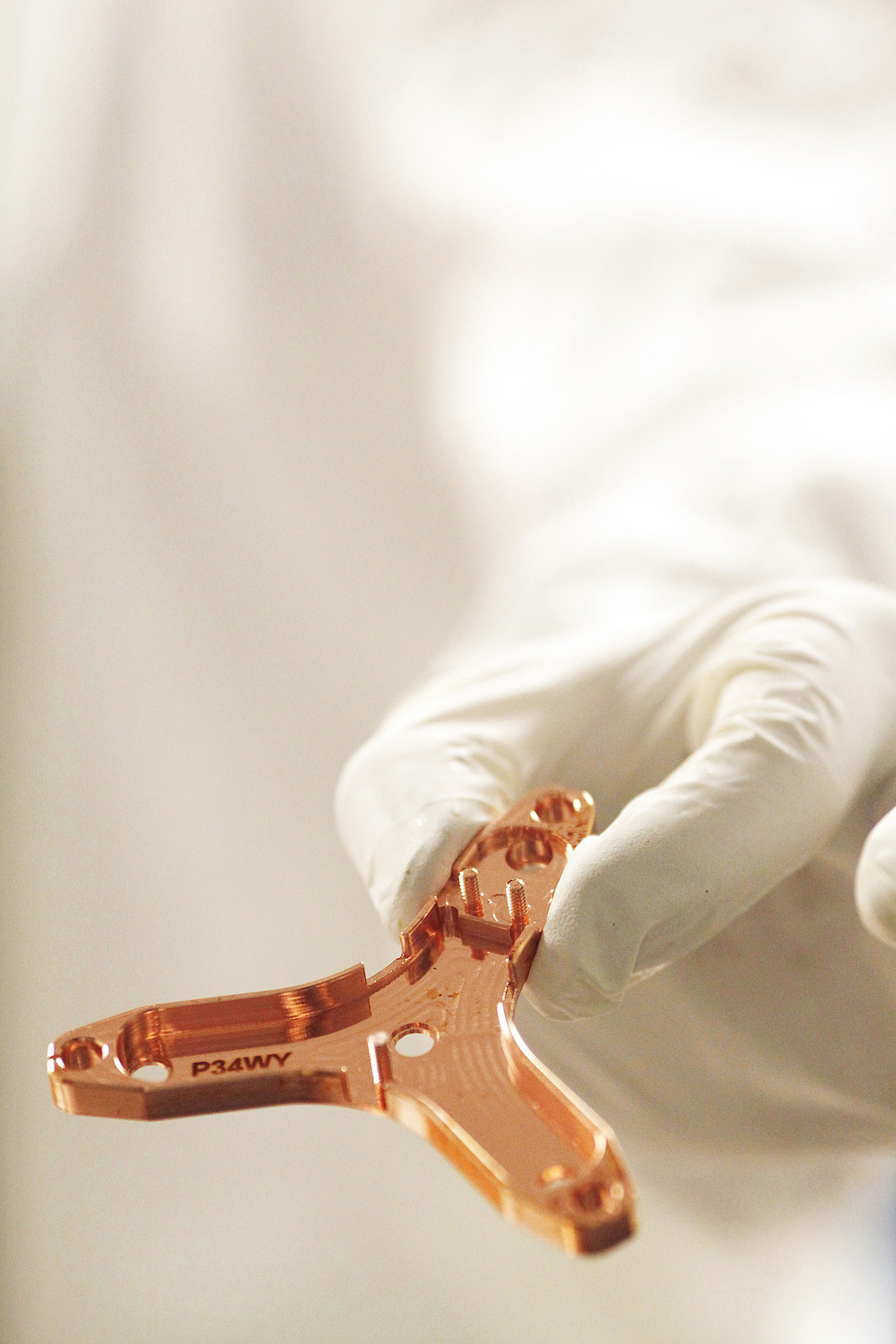
“That would have immediate implications,” Wilkerson says. “It would show that one of the basic laws of symmetry involving the conservation of fundamental particles can be violated. This would offer a possible explanation of why there’s excess matter in the universe.”
Wilkerson is building experiments to find out, and his research might also allow him to measure the mass of different kinds of neutrinos. If so, scientists could plug those masses into their equations to help explain why they detect so much more matter than antimatter in the universe. The work would provide more information about how the universe came into existence.
Studying neutrinos, though, is tricky business. That’s why, every month or so, Wilkerson finds himself in an old gold-mine shaft a mile underground in Lead, S.D, one of the few places to conduct super precise experiments with subatomic particles. The labs are underground because a good way to shield experiments from naturally occurring radiation and cosmic rays is to put a mile-thick layer of rock between the lab and the earth’s surface.
Wilkerson is working with an international team, including local workers, to sanitize the lab and construct equipment scientists will use to study the decay of germanium-76, which is what they’ll observe in a multi-year experiment to study neutrinos. His team has to build what physicists call a demonstrator from soup to nuts, which includes an ultra-clean machine shop next to the underground lab.
Chemists turn regular, clean copper into ultra-pure copper, which machinists then meticulously fashion into equipment scientists will use to make sure that naturally occurring uranium and thorium don’t contaminate their measurements. The machinists and student helpers etch numbers into thousands of these handcrafted parts. If scientists detect that one part is contaminated, then they can check the number to know which batch of ultra-pure copper the part came from. This allows them to identify other possibly contaminated parts.
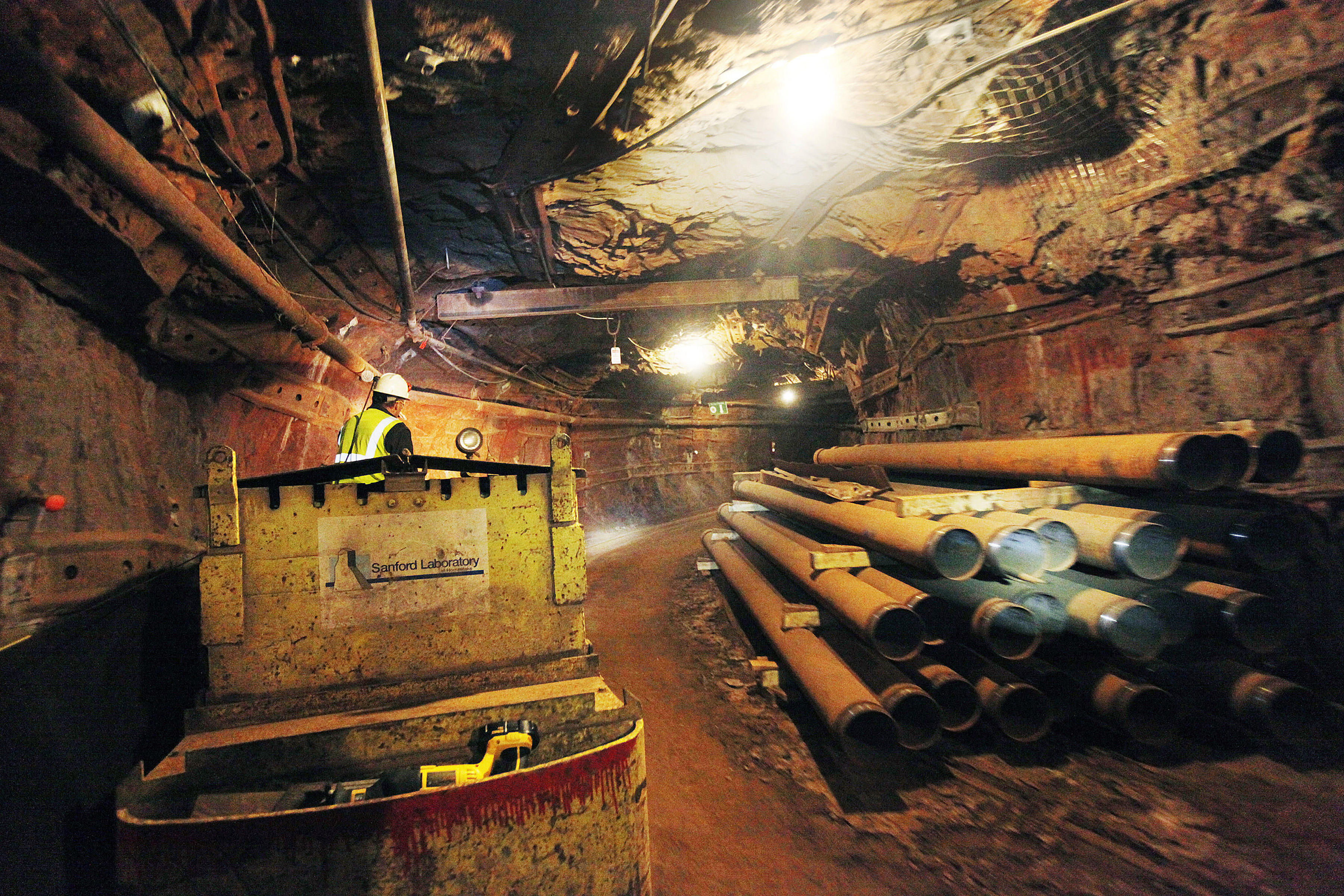
This painstaking, underground portion of the construction process began in July 2011 and will continue throughout 2014.
Inside the demonstrator, which is shielded with thick layers of electroformed copper, commercial copper, and lead, Wilkerson’s team will place a detector array made of germanium-76. It’s called a detector because over the course of a multi-year experiment, the germanium can clearly detect the signals of nuclear decays, and it can differentiate between background radiation and the rare type of radioactive decay Wilkerson needs to observe in order to learn if neutrinos are indeed their own antiparticles.
This, any physicist will tell you, would be a huge discovery. If neutrinos are their own antiparticles, then that would force physicists to rewrite the Standard Model of Particles and Interactions, which for 40 years has been the scientific explanation for how the physical world works.
But the discovery itself isn’t Wilkerson’s sole interest.
“If we’re going to be a competitive nation and state in the global economy, we need to train people to solve challenging, complex technical issues,” he says. “So we give undergrads, graduate students, and postdocs a lot of opportunities to work on hard problems that require multidisciplinary approaches.”
This past summer, Wilkerson used funds from his endowed professorship to support undergraduates Max Hays and Ryan Peterson, who were in South Dakota for five weeks to work at the Sanford Underground Research facility. They get into that caged elevator at 7:30 a.m. and don’t surface until 5 p.m. Most of their time is spent assisting in the machine shop or helping scientists construct the detector.
“It’s incredible to be part of such a significant experiment,” Hays says. “During the semester, I can only put in a couple hours a week. But during the summer, when all of your time is dedicated to research, it feels much more meaningful. Working full time on this has reinforced my desire to be a scientist.”
Each semester Wilkerson supports a couple of undergrads to work on the project. There are six grad students involved. Such training, Wilkerson says, is one of the biggest benefits of working on a huge project about a tiny particle.
“Our students and postdocs leave here understanding the state-of-the-art hardware and how to solve problems,” Wilkerson says. “Because that’s what we do on a daily basis — solve problems during experiments we’ve never tried before.”
Wilkerson is the John R. and Louise S. Parker Distinguished Professor of Physics. His research is funded by the National Science Foundation and the Department of Energy. The state of South Dakota, the U.S. Department of Housing and Urban Development, and philanthropist T. Denny Sanford funded the transformation of the mine into a laboratory.
[ By Mark Derewicz ]
Published in the Fall 2013 issue | Features, Research
Read More

Front Porch Portal: Home for southern research celebrates 20 years
The tree-shaded, white-frame house at 410 E. Franklin Street has…
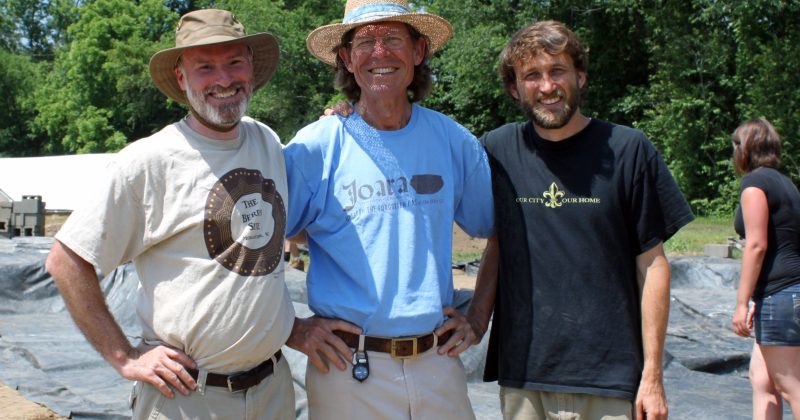
Exploring Joara: Excavating the past, shaping the future in western N.C.
Three UNC archaeology alums have uncovered the earliest European settlement…
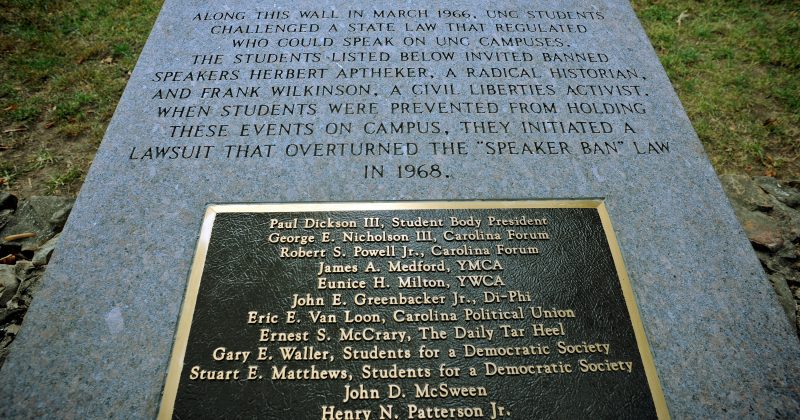
Preserving the Voices: Southern Oral History Program celebrates 40 years
Since its founding in 1973, the Southern Oral History Program…

